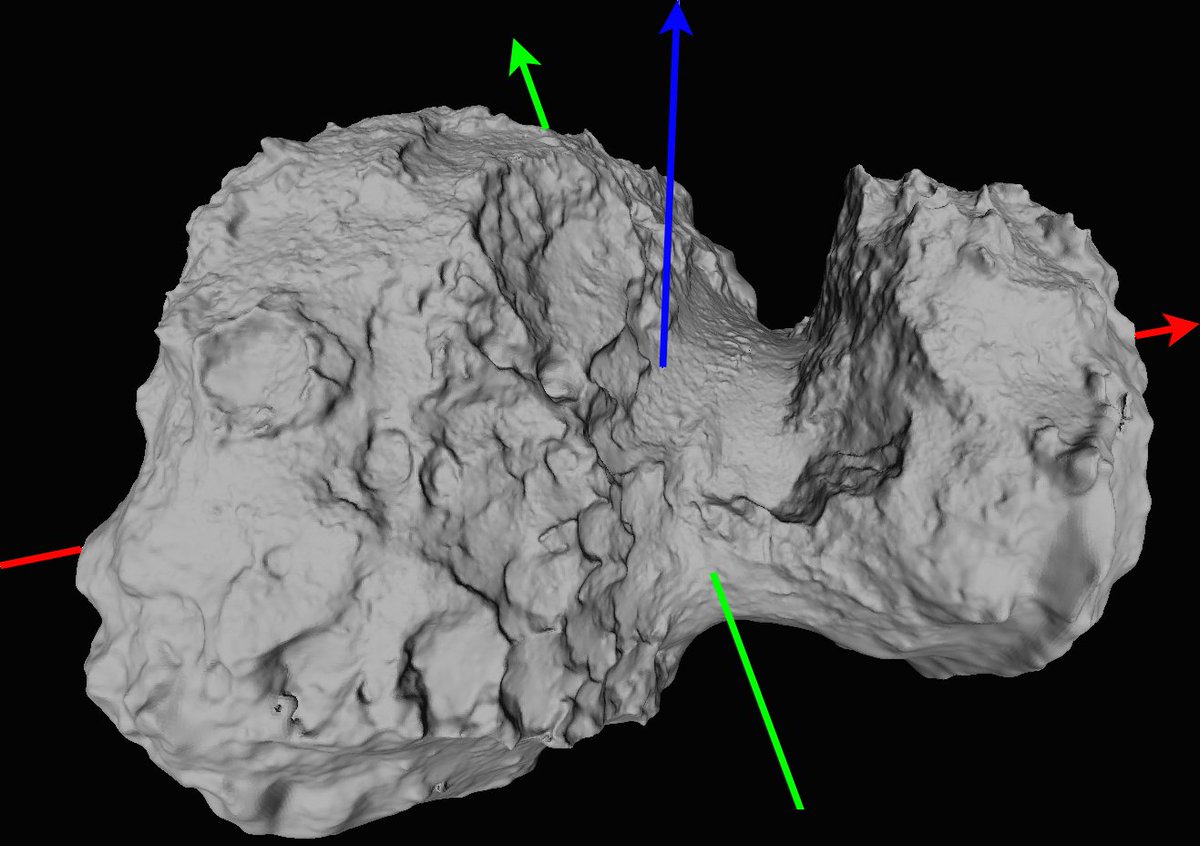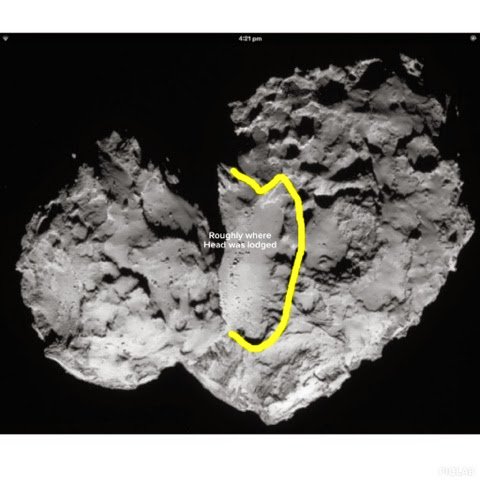
My 10 yo aut dx daughter came crying to me, her #ActuallyAutistic dad, about how she felt picked on by various people in her friendship group at school. After she explained to me the detail, I realised there is an allistic group dynamic, that I call the weakest link syndrome 1/
She didn't understand why the group would settle on physical games like tag, where she was at some disadvantage, and that she would be picked on, even by friends that were picked on themselves. I tried to unpack this for her, as knowing what was happening would help 2/
I know from seeing all sides of multi person interactions in attrition style reality shows such as Big Brother, real life games of the weakest link are in the subconscious nature of the neurotypical brain. Groups of peers sort themselves into a pecking order 3/
The top of the order is the Alpha, who gets to decide the games to play and who is following the rules. The bottom is considered the weakest link, and is considered that if for any reason the group needs to reduce, they will be abandoned first. 4/
The weakest link is in a precarious position, even if there is no obvious reason anyone should be dropped from the peer group. Neurotypicals instinctively know this, and to avoid being the bottom, make sure another is at the bottom by... picking on them. 5/
Most autistics will find themselves near the bottom of the pecking order, and will instinctively try to protect those peers that are being picked on. This almost always guarantees they are headed to be the weakest link themselves. 6/
Teachers and carers appear to have no idea about this dynamic in say 10 year olds. Some of the weaker peer group may even complain about the weakest to the teachers, and they feel duty found to believe the complainant. 7/
The result is that there is an autistic child (or one with other invisible disabilities) that feels they are being targeted with bullying behaviour by their friends and teachers. The worst thing about this is that friends and teacher allies are required to fix this 8/
This is what is not understood about the link between bullying, peer pressure and mental health rapid decline in children. It starts with the group dynamic, and can only be fixed with the group dynamic in mind. 9/9
• • •
Missing some Tweet in this thread? You can try to
force a refresh







